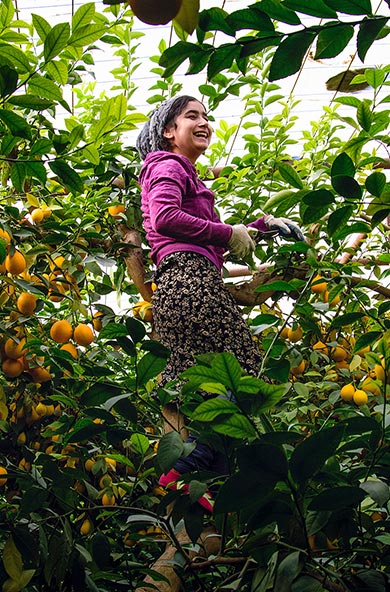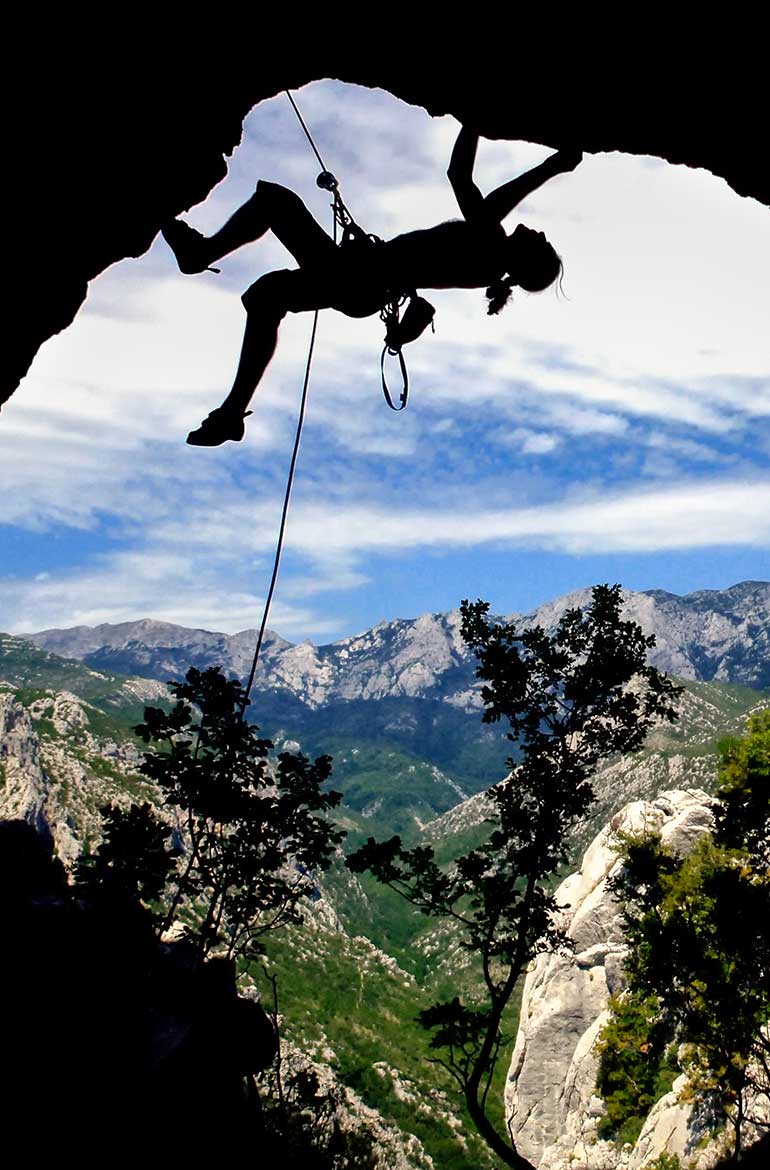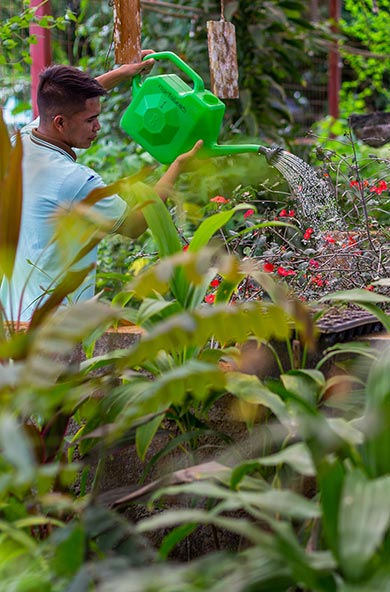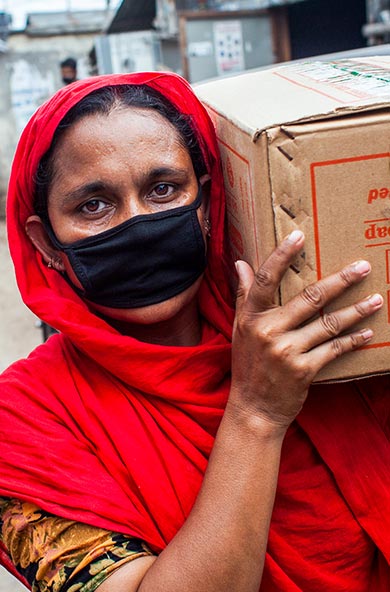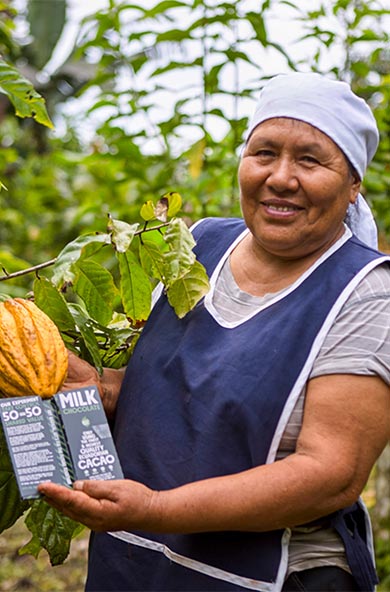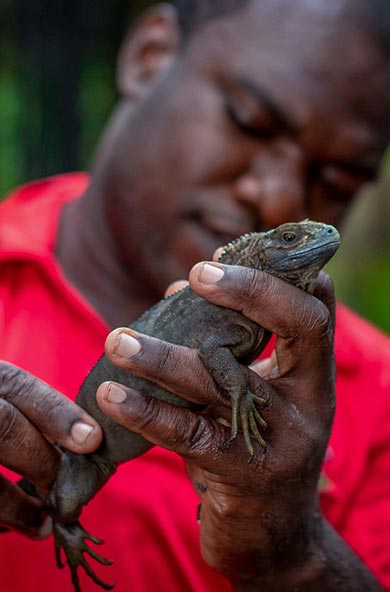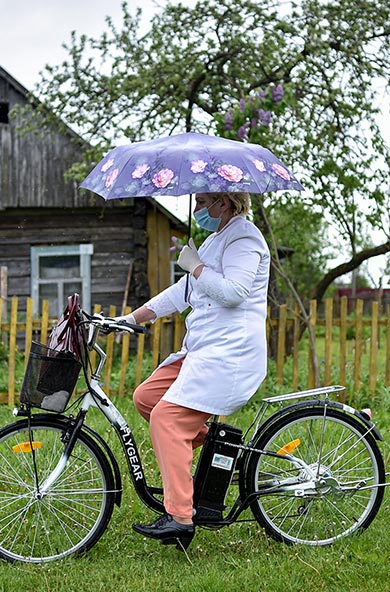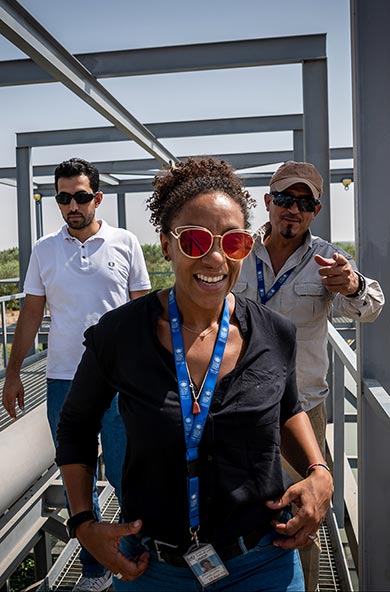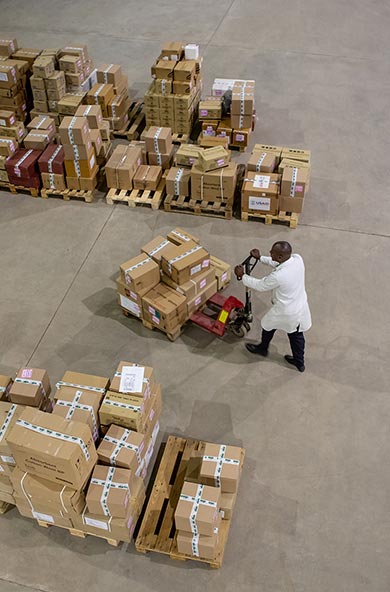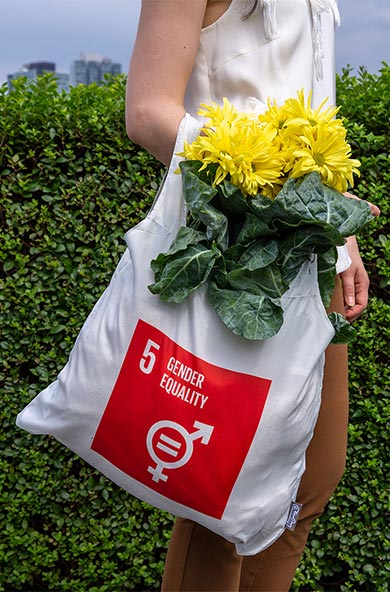Today over 2 billion people - one third of the global population - are poor or near-poor and face persistent threats to their livelihoods, including from climate change. Estimates indicate that by 2030 more than 100 million people could fall back into extreme poverty due to climate change, while over 200 million people could be displaced due to more frequent and severe climatic disasters.
As highlighted last week at COP24 in Poland, unless urgent action is taken under the Paris Agreement, climate change will catalyse a resurgence of poverty and decelerate progress across the Sustainable Development Goals (SDGs).
For UNDP, the UN’s largest provider of grant assistance for climate action with over US$3 billion of projects in over 140 countries (PDF) around the world, a top priority is to accelerate local action and build the resilience of the poor. At the country level, UNDP serves as a platform for integrated solutions to combat both climate change and poverty.
In this regard, building synergies between the respective SDG 1 targets to “implement nationally appropriate social protection systems and measures for all” (target 1.3), and to “build the resilience of the poor and those in vulnerable situations and reduce their exposure and vulnerability to climate-related extreme events and other economic, social and environmental shocks and disasters” (target 1.5), is essential.

Social protection systems play a key role in combating poverty and can also help build climate resilience of the poor. Adaptive social protection (ASP) approaches help communities anticipate, absorb and adapt to climate risk, through solutions like:
- cash transfers before and after climatic disasters,
- subsidies to enhance food and water security for affected communities,
- employment-generating programmes around climate resilient infrastructure,
- use of weather indexed insurance for farmers, and
- systems to facilitate mobility and effective resettlement for climate affected communities.
As highlighted in a new UNDP report on Ecosystem Resilience for SDG Achievement and Human Security, this holds special importance for the Arab region, already the world’s most food import dependent and water insecure region. More than 40 percent of its 357 million population is already exposed to drought and other climatic disasters, and this could well increase as temperatures rise faster than the global average - by as much as five degrees Celsius by end of the century.
In Sudan for example, UNDP supports a Climate Risk Finance programme, with a US$5.7 million grant from the Least Developed Country Fund (LDC-F). The project helps develop the capacity of national insurance companies to develop and commercialize the country’s first Weather Index Insurance products, and supports government partners to put in place enabling policies to support scaling up of climate insurance as a new form of social protection for the poor.
With the support of Sweden, UNDP is now launching a new SDG Climate Facility regional project (US$7 million; 2018-2022) to help countries tackle climate action in a way that brings benefits across the SDGs. The Facility is a joint platform between UNDP, UN Environment, UN-Habitat, the UN office for disaster risk reduction (UNISDR) and the World Food Programme (WFP), as well as regional partners at the League of Arab States and the Arab Water Council.
Alongside UNDP’s extensive country coverage and programming on poverty reduction and climate change, UN Environment brings its strong global network of insurance companies and other private partners, UNISDR brings its expertise analyzing loss and damage from climate impacts, and WFP leverages its capacity as the world’s largest humanitarian agency with a key focus on social protection in crisis affected communities.
The SDG Climate Facility will develop country capacities of government policy makers, the private sector and local communities to take action under their pledges to the Paris Agreement in a way that generates co-benefits for poverty reduction and related SDGs on gender equality, and food and water security. What this means on the ground is that climate-poverty hotspots can be identified, as well as gaps in social protection and other poverty reduction measures, and partnerships catalyzed to generate new climate resilient poverty reduction policies and pro-poor and inclusive climate investments.
With just over a decade left to achieve the 2030 targets under the SDGs and the Paris Agreement on climate change, the UN is accelerating its support for integrated policy solutions that generate real results at the local level, for the poor and vulnerable in society, and create a better future for both people and the planet.


 Locations
Locations